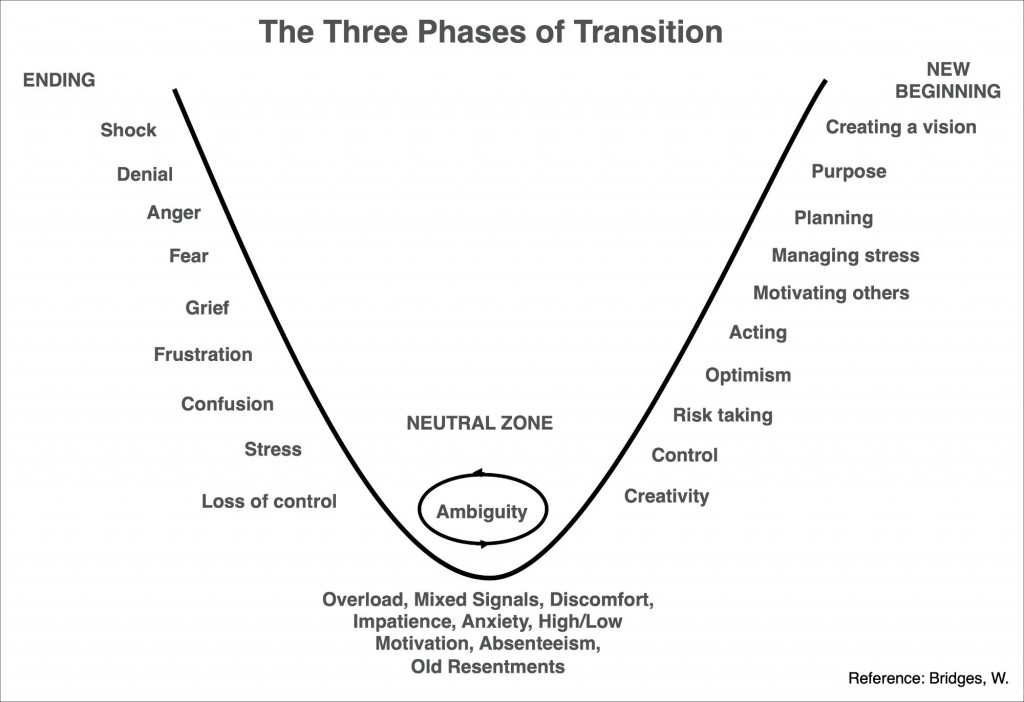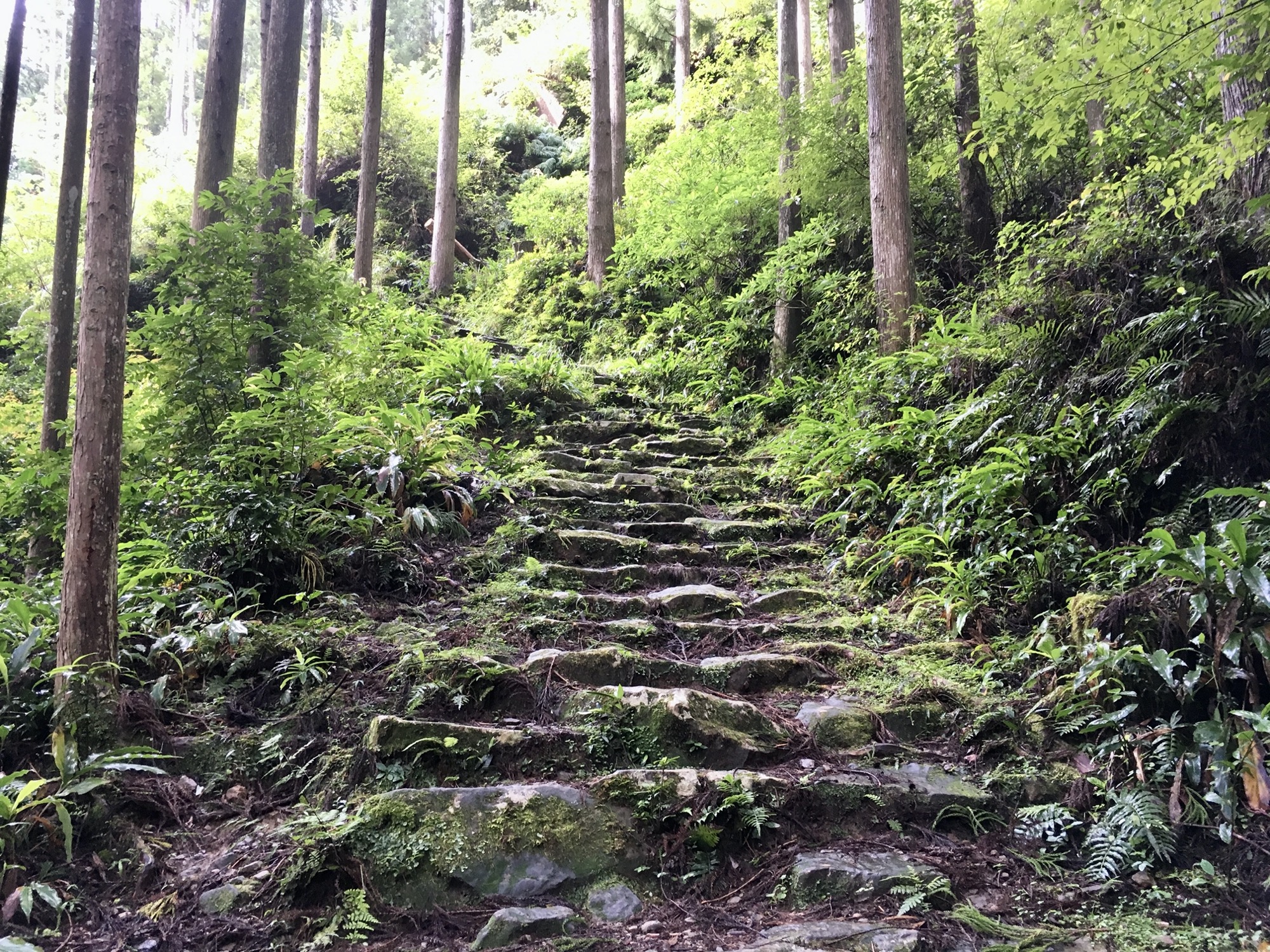Have you ever had to move house, town, state or country? Do you remember what it felt like? Many of us can find an experience like this – one that seemed reasonably clear in terms of the initial decision (whether by us or due to circumstances outside our control) – evolves into an emotional rollercoaster ride.
We can begin worrying about the prospect of having to find somewhere new; stalling over decisions about what to pack and what to store or leave behind; becoming nostalgic as we say goodbye to people and favourite places; and finding ourselves sad, angry and scared all at the same time. Then there is the sense of chaos at the other end, surrounded by what we have brought with us, missing something we left behind and facing endless decision making about where to put things and, more importantly, what to do next.
Finally, eventually, there is usually some sense of feeling settled or satisfied in this new space, and we are able to sit and reflect on what it feels like to finally be there.
These varying emotions of transition are similar to what we might feel before, during and after losing one job and finding and starting another, or finishing one relationship and starting another.
Or, as we are all discovering right now, moving through the impact of a pandemic.
The path of transition and dealing with change is a well-worn one and has been modelled by many. One of the most helpful of these, the ‘three phases of transition’, was developed by author and change consultant William Bridges. The three phases are ‘Ending’, the ‘Neutral Zone’ and ‘New Beginning’.

How can this model assist us in the current situation?
While each of us is experiencing this period of time in our own way, there are certainly many of us sitting in the ‘neutral zone’ at the moment, each with a mixture of emotions influenced by our own circumstances and level of emotional health.
However, as with all transitions, we will eventually move forward, rather than return to where we came from. Whilst it is sometimes difficult to recognise, in all our lives, including our work, we are transitioning to new ways, to a world in which things aren’t what they used to be. What that will look like is something we may not quite know yet. What we do know is that we have the opportunity to be part of creating the new design, just as we do when we set up our rooms and place our treasured objects in our new space.
Initially, the new order of things may not be fully apparent. However, over time we have the opportunity to shape new ways of being that support this forward path.
As we make this move, we can be reassured that the experiences we have had, are still having and will have in the future are all part of a transition. As are the associated emotions.
It is quite normal that a situation like the current one can cause us to feel that we have little or no control, that we are less than safe and that we are disconnected from others. This in turn can cause us to be less able to see what’s possible, less able to share how we are feeling with others and less able to take action.
How can we shape what is possible when we are feeling less than emotionally healthy or ‘above the line’?
Perhaps one way to look at this experience is as a very large experiment. By treating it that way, we can start reflecting and asking questions about the past, the present and the future.
What has changed in my environment: home, work, community? What have I noticed in my own and other’s responses and reactions? What have I learnt? What is important for me? And for others? What do I miss? What have I enjoyed? What do I now appreciate more? What am I grateful for? What do I look forward to?
This is not a complete set of questions by any means – simply thought starters for important transition conversations to help shape the future we want to create.
As we reflect on this transition, it is critical not to forget what was important in the past. We need to be exploring and sharing what worked and what didn’t, what felt good and what felt less great, and identifying what we need or want to carry forward.
For those, and there are many, who have actually thrived in the environment of isolation and remote work, what insights can they bring and what can be taken forward from their experience? How can we retain the gains?
All of these questions are part of an intentional conversation we need to be having now and over the coming months, perhaps years, as we make this transition to a ‘new beginning’.
There will come a time when (as with that new space we moved into) we can remember what was and appreciate the experience we have been through, while at the same time benefiting from the new environment we have created and looking back in wonder at how far we have come.
Gayle
Photo by David Brewster


Brilliant article Gayle. It’s certainly something I can relate to in my personal and professional life – as well as the challenges that the coronavirus lockdown is presenting to us all as a society.